In order to get your foot in the door with a design job, a stellar design portfolio is a must. Afterwards, it’s up to you to showcase your communication skills in the interview to lock it in. For interview tips, check out one of our recent blogs on 7 interviews do’s and don’ts.
This creative and fun role doesn’t necessitate prior education or previous experience. This means that your portfolio may even be more important than a CV to land your dream UX role. There’s also increasingly hybrid roles that incorporate UX skills to enhance existing services. Your portfolio will not only demonstrate your creativity and skills but also serves as an opportunity to share a bit about your personality, diversity and uniqueness. This can help employers ensure there is a good culture fit for both parties before investing more time and resources into hiring you.
So how does one design a stellar design portfolio? Keep reading to find out!
- Look at your existing projects: What are you good at? What projects / activities do you like? What’s unique about you?
- Be thoughtful and selective about what you include: This is what recruiters will see about you, your skills and personalities. Only include your strongest pieces and those that are unique / creative, which can help you stand out from all the other applicants.
- Diversify with variety: Make sure you diversify your projects and tailor them to the role / company you’re applying for. Each company, team and role will have a different set of requirements and what sort of skills / existing project experience they’re looking for. Show it to them and add in a buffer to allow for different recruiter’s preferences.
- Talk results: Focus not only on the flow and design, but what outcome this achieved. What problem did it solve and what purpose does it serve? How did this design optimize and make efficient an existing issue / solution. Use numbers if you can to demonstrate how it helped increase traffic, client satisfaction, decreased costs and ticket inquiries. Focus on what you did specifically as opposed to the team, recruiters will be able to tell how much work you put in versus a team effort.
- More case studies: Select 3-5 projects to create detailed case studies to show case the overall story and experience. Quality over quantity always. Strengthen visuals with case studies that incorporate the following:
- The problem or pain point you’re solving.
- Your specific role and how you worked as a team with others.
- Your thought process and journey coming up with the proposed solution or solutions.
- How your solutions addressed or solved the problem.
- Any challenges you had, including other design concepts you considered but ultimately did not incorporate or pursue.
- How the project impacted the business and its users.
- Your learnings to demonstrate your agility to learn and adapt.
- Focus on tools you use: There are always new tools designers use, it’s up to you to stay up to date with your research and upskill yourself to stay competitive. Share the tools you used on projects to showcase your ability to learn new tools and your experience with them including ones like Figma, miro.io, user flows, sketches & wireframes, moodboards, style guides, balsamiq, Adobe, etc.
- Curate for easy navigation: If you can’t take your recruiter or viewers through a meaningful user journey, then you’re not really demonstrating your UX skills. Make sure it’s easy to consume and easy to follow along to see your skills and personality holistically.
- Research and keep concise: Make sure you demonstrate you’ve done your research on the company, role and most recent developments in the field. At the same time, it’s crucial to stay concise and to the point in order to keep the recruiter and employer engaged with you. They can easily be distracted if there’s too much wording or clutter.
No experience? No problem!
If you don’t have any real-world projects or experiences, you can still have some projects and case studies up your sleeve! The most common types of projects to feature should you not have worked as a designer before:
- Existing site and app redesigns (you can just do it for fun, unsolicited) to show your potential.
- Side projects like apps you’ve designed yourself to solve a problem.
- Volunteer projects for non-profits.
- Take a design course or bootcamp.
- Consider an internship.


.jpeg)






%20(1).jpeg)

.jpeg)
%20(1).jpeg)

